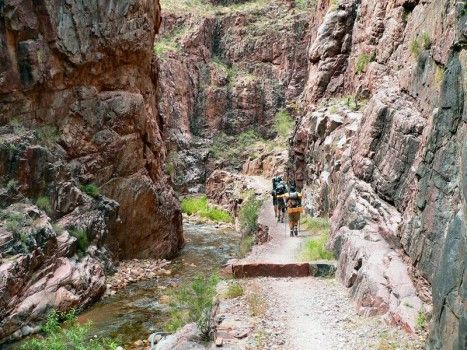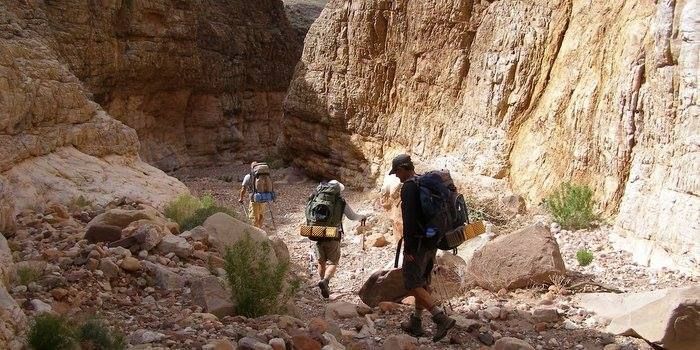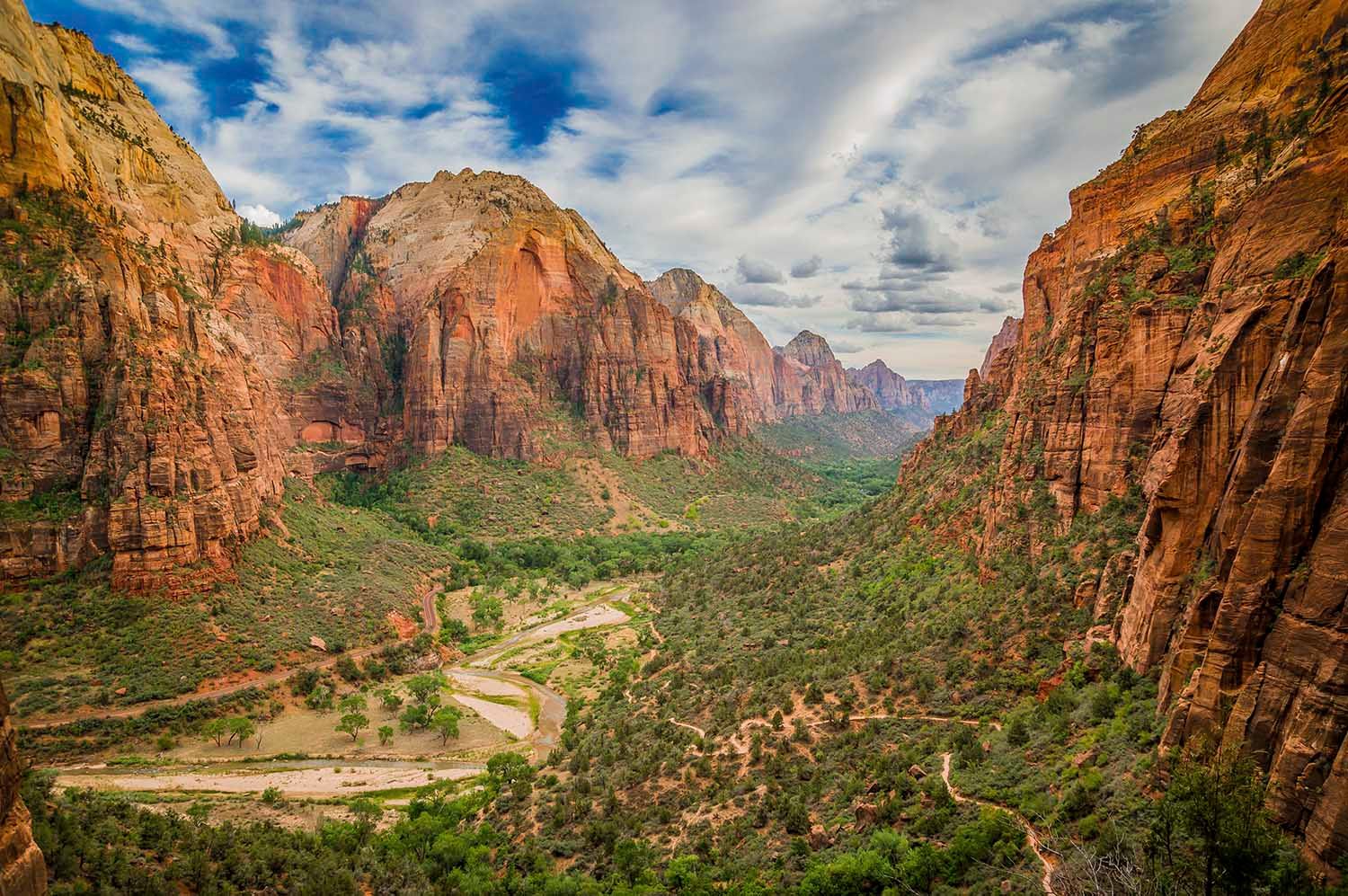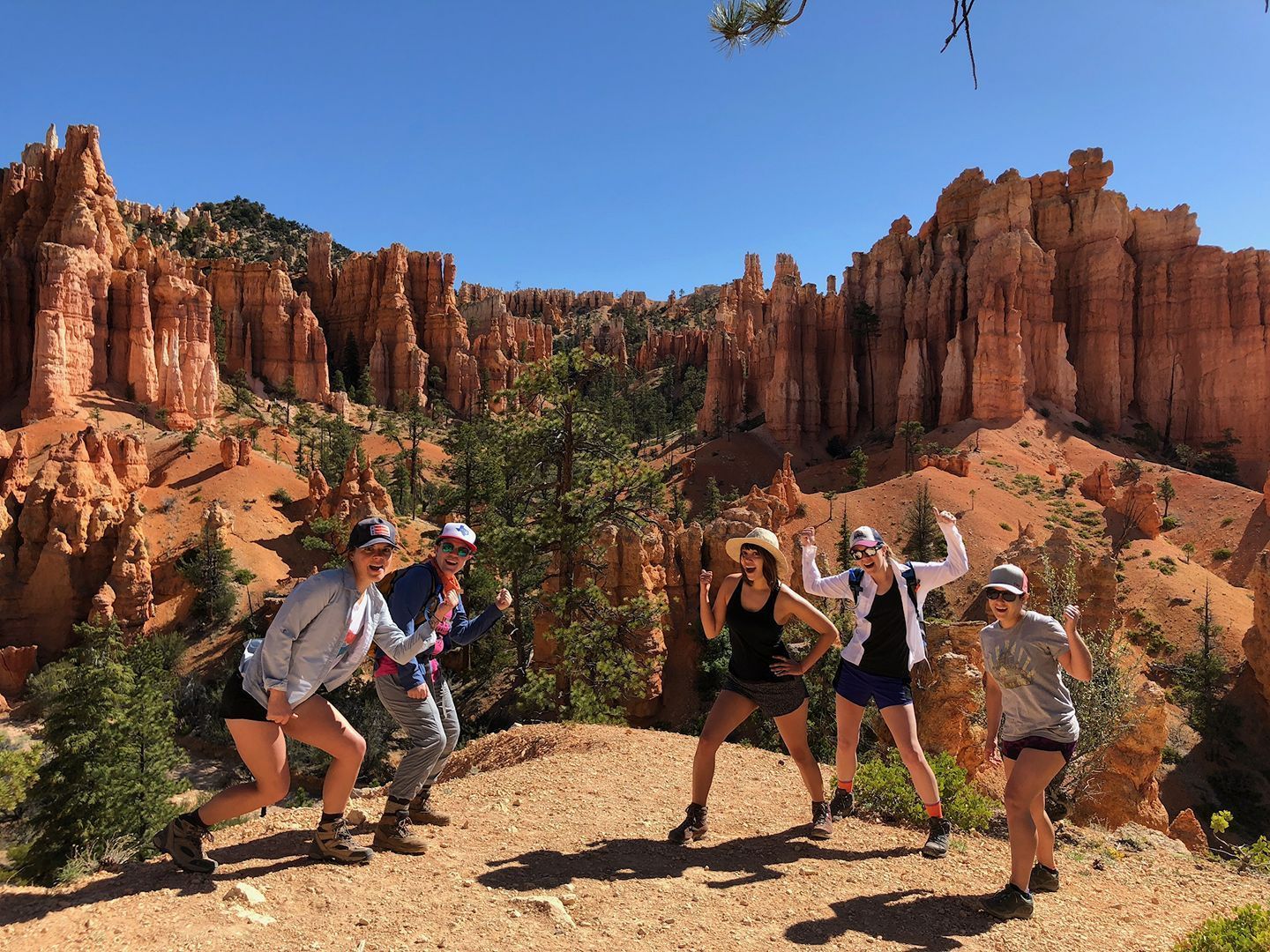Backpacking Foot Care Tips for the Trail
Key Takeaways
- Properly fitting hiking boots are the foundation of good backpacking foot care—snug but not tight, allowing for swelling and toe movement to prevent friction and blisters.
- Avoid cotton socks on the trail; instead, wear moisture-wicking wool or synthetic options to keep feet dry and comfortable during Southwest or Utah backpacking trips.
- Recognize and treat hot spots early with moleskin, duct tape, or liquid bandage to stop blisters before they form and keep you hiking pain-free.
- Break in your boots before any Grand Canyon or desert trek to reduce stiffness and friction that can lead to heel blisters or sore feet.
- Pack a small foot care kit with tape, moleskin, and antiseptic supplies—preparing known trouble spots before hiking can prevent painful foot problems later.
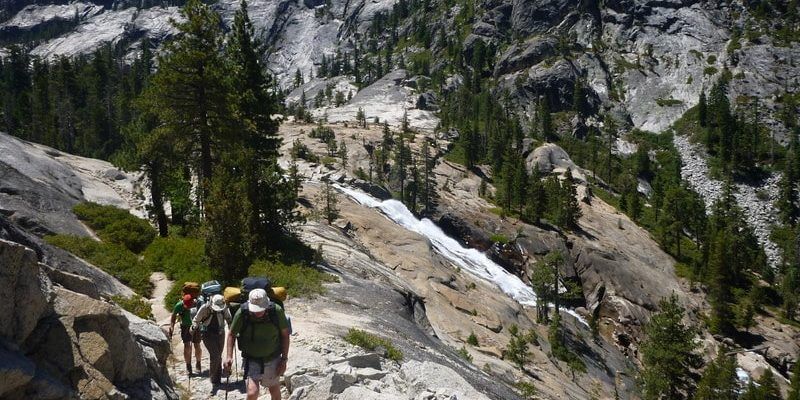
We have all heard about athletes “playing through pain.” It usually refers not to constant irritation but when a specific movement is required – throwing a ball, making a particular sports move and so on. In hiking it is different. If you have a foot malady you are in pain EVERY time you step. Keeping your feet healthy is essential for anyone heading out on backpacking tours in the Southwest.
Fortunately blisters, while common, are also among the easiest conditions to prevent. The first thing to know about backpacking foot care is that blisters are the result of friction and moisture. You can eliminate these irritants with proper footwear. That means…
1 – Hiking boots that fit properly. You want snug but not tight. The body responds to hiking by sending blood to the pressure point of the activity – your feet. This causes swelling so you want to give your boot-clad feet the ability to adjust. Aim for enough room to wiggle you toes but not enough so your feet squirm around inside. If your boots are new, wear them for your less-demanding daily routine before taking them to the trail so they are broken in. Breaking in new boots before a Grand Canyon backpacking trip ensures a much more comfortable experience on rugged terrain. Also make sure you lace the boots up properly so your heels do not slide around and raise a debilitating heel blister.
2 – Avoiding cotton socks. Cotton is a moisture magnet and after absorbing sweat it holds on for dear life, insidiously grinding down your skin’s resistance. In addition to wool and synthetic socks, sock liners can help wick moisture away from the skin. And if you’ll be hiking in warm or hot weather, consider a lighter-weight hiking shoe with good ventilation. This will allow the heat to escape and help keep your feet much cooler. This is especially true on Utah backpacking adventures, where desert heat can quickly cause discomfort without proper ventilation.
3 – Listen to your feet. A hot spot, or discomfort on the surface of the foot, is your body’s way of saying a blister is on its way. When you recognize even a mild discomfort in your shoe, take the opportunity to stop and look at your foot. Get down to skin level and assess the disturbed area. If it’s red and warm, cover the area with some duct tape, athletic or moleskin. This will help break down the friction that is causing the problem. Also, a little ‘liquid bandage’ can help save dry, cracked skin before further splitting occurs and causes pain.
Even when taking precautions, it is a good idea to not only pack some foot repair materials, but know how to use them effectively. For more preparation ideas and backpacking gear tips, explore our guide before hitting the trail. Avoid bulky dressings and sloppy tape-jobs that can lead to further issues. Neatly prepare known trouble spots before you start hiking so that you can beat those blisters to the punch.
About the Author: Four Season Guides specializes in Hiking and Backpacking Tours in the beautiful Southwest. For more information on what to back, backpacking foot care, or to book your adventure, visit: https://fsguides.com today!
If you prefer a comfortable hiking experience with cozy accommodations, explore our
Lodge-Based Adventures as a great alternative to rugged backpacking trips.
Frequently Asked Questions
Here are helpful answers to common questions about keeping your feet healthy and pain-free on backpacking trips.
How can I prevent blisters while backpacking?
Blisters come from friction and moisture. Choose properly fitted hiking boots, wear moisture-wicking socks (not cotton), and keep your feet dry. If you feel a hot spot developing, stop immediately to tape or cover it before it turns into a blister.
What kind of socks are best for hiking?
Avoid cotton socks, which trap moisture and cause irritation. Instead, wear wool or synthetic hiking socks that wick sweat away from your skin. For added protection, use thin sock liners underneath to reduce friction and keep your feet dry.
Why is boot fit so important for backpacking?
A good fit prevents your feet from sliding and rubbing inside the boots. Choose boots that are snug but not tight, with room to wiggle your toes. Break in new boots during daily activities before a long hike to avoid painful blisters or sore feet.
How can I tell if a blister is starting?
If you notice a “hot spot” — a warm, tender area on your foot — it’s a warning sign. Stop and inspect it right away. Cover the area with moleskin, duct tape, or athletic tape to reduce friction and prevent a blister from forming.
What should I pack for foot care on the trail?
Bring a small foot care kit with moleskin, athletic tape, duct tape, and a liquid bandage. These items help protect hot spots, repair cracked skin, and manage minor foot issues before they worsen. Learn how to apply them neatly before your trip.
Are lighter hiking shoes better than boots?
In warm or desert conditions, breathable hiking shoes with good ventilation can help keep your feet cooler and drier than heavy boots. Choose footwear based on the terrain — sturdy boots for rugged trails, lighter shoes for hot or easy routes.
How can I treat dry or cracked feet while hiking?tion
Apply a liquid bandage or a thin layer of foot balm to seal cracks and prevent further splitting. Keep your feet clean and dry at camp, and change into fresh socks to give your skin a chance to recover overnight.
How should I lace my hiking boots to prevent heel blisters?
Tighten the laces evenly and secure the ankle area firmly so your heels don’t lift with each step. This prevents rubbing and blister formation. Try different lacing techniques if needed for comfort and stability.
Should I treat my feet before starting a long hike?
Yes. If you know you have common trouble spots, tape them before starting your hike. Preventive taping or using moleskin on known friction areas can help you avoid painful blisters later in the day.
What’s the best way to break in new hiking boots?
Wear them around the house or on short walks before taking them on a long trail. Gradually increase distance and terrain difficulty. This helps the boots mold to your feet and prevents discomfort during your backpacking trip.
Four Season Guides, 506 N Grant St suite o, Flagstaff, AZ 86004, United States
+19285251552
35.19653980, -111.62000560


